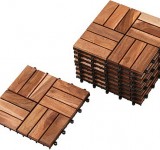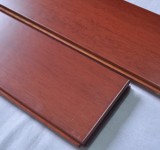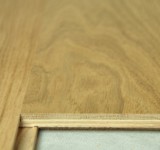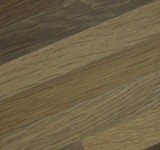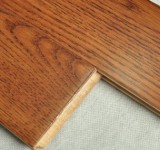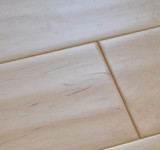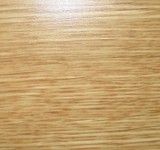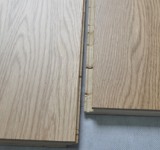Black Locust is highly valued as firewood for wood-burning stoves; it burns slowly, with little visible flame or smoke, and has a higher heat content than any other species that grows widely in the Eastern United States, comparable to the heat content of anthracite. It is most easily ignited by insertion into a hot stove with an established coal bed. For best results it should be seasoned like any other hardwood, however black locust is also popular because of its ability to burn even when wet.In fireplaces it can be less satisfactory because knots and beetle damage make the wood prone to "spitting" coals for distances of up to several feet.If the Black Locust is cut, split, and cured while relatively young (within ten years), thus minimizing beetle damage, "spitting" problems are minimal.
It is also planted for firewood because it grows rapidly, is highly resilient in a variety of soils, and it grows back even faster from its stump after harvest by using the existing root system.
With fertilizer prices rising, the importance of black locust as a nitrogen-fixing species is also noteworthy. The mass application of fertilizers in agriculture and forestry is increasingly expensive; therefore nitrogen-fixing tree and shrub species are gaining importance in managed forestry.


